

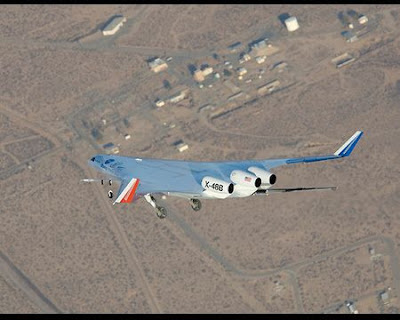


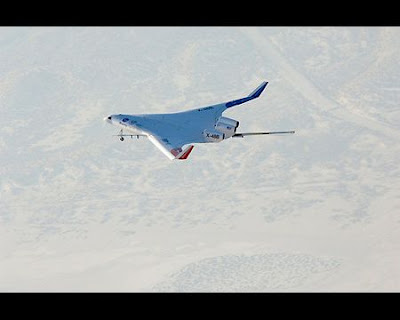
A Collection Of Stranger World Visual Phenomena Optical Illusions Visual Illusion And Luxury Hotel The Most Romantic Hotels Resorts Help You Discover A Fascinating World
 It will be months before they talk, walk or even sit up. But at just a day old, babies have a strong sense of rhythm, say researchers.
It will be months before they talk, walk or even sit up. But at just a day old, babies have a strong sense of rhythm, say researchers.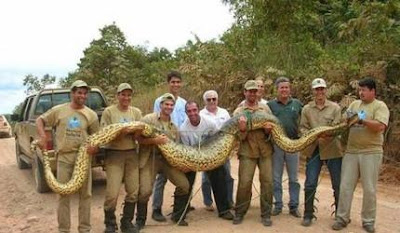 I think these are anaconda, and this’s some information about anaconda
I think these are anaconda, and this’s some information about anaconda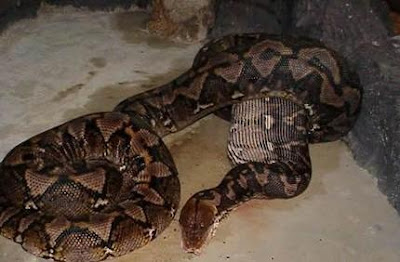 There are some debates about the maximum size of these snakes. Mehrtens (1987) states that the average adult length for the green anaconda, E. murinus, is 18 to 20 feet (5.5–6.1 m), with 25 feet (7.6 m) specimens being very rare. He sets a more conservative maximum at 23 feet (7.0 m). Estimates of 35 to 40 feet (11–12 m) (see Giant anaconda) are based on vague data and should be regarded with caution. In a study of 1,000 specimens captured in Venezuela, the largest was 17 feet (5.2 m) long and weighed 100 pounds (45 kg).
There are some debates about the maximum size of these snakes. Mehrtens (1987) states that the average adult length for the green anaconda, E. murinus, is 18 to 20 feet (5.5–6.1 m), with 25 feet (7.6 m) specimens being very rare. He sets a more conservative maximum at 23 feet (7.0 m). Estimates of 35 to 40 feet (11–12 m) (see Giant anaconda) are based on vague data and should be regarded with caution. In a study of 1,000 specimens captured in Venezuela, the largest was 17 feet (5.2 m) long and weighed 100 pounds (45 kg). The Wildlife Conservation Society has, since the early 20th century, offered a large cash reward (currently worth US$50,000) for live delivery of any snake of 30 feet (9.1 m) or more in length. This prize has never been claimed. In any case, measuring a snake that is stronger than a person is not an easy task. It was found that two scientists independently measuring the same 12-foot (3.7 m) plus snake showed a variation of more than 20% in their results.
The Wildlife Conservation Society has, since the early 20th century, offered a large cash reward (currently worth US$50,000) for live delivery of any snake of 30 feet (9.1 m) or more in length. This prize has never been claimed. In any case, measuring a snake that is stronger than a person is not an easy task. It was found that two scientists independently measuring the same 12-foot (3.7 m) plus snake showed a variation of more than 20% in their results.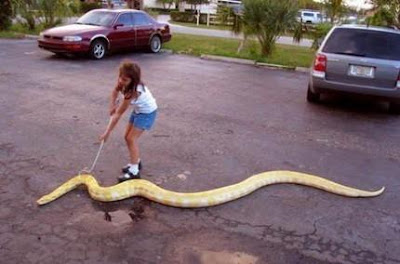
 Arguably the world's most famous billionaire dork, Bill Gates, has just plopped some cash down on one of EcoGeek's favorite technologies...algae fuel.
Arguably the world's most famous billionaire dork, Bill Gates, has just plopped some cash down on one of EcoGeek's favorite technologies...algae fuel.



